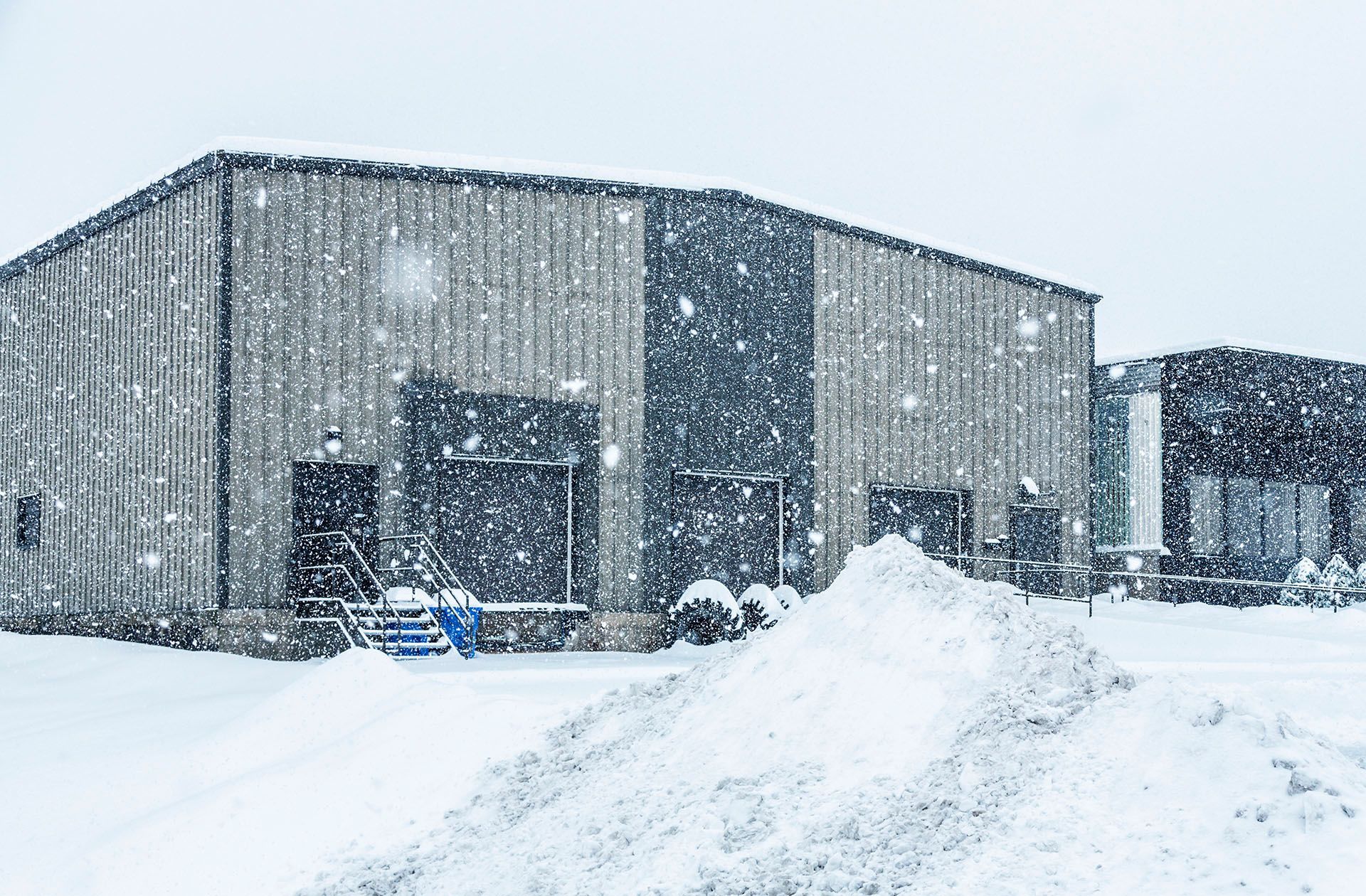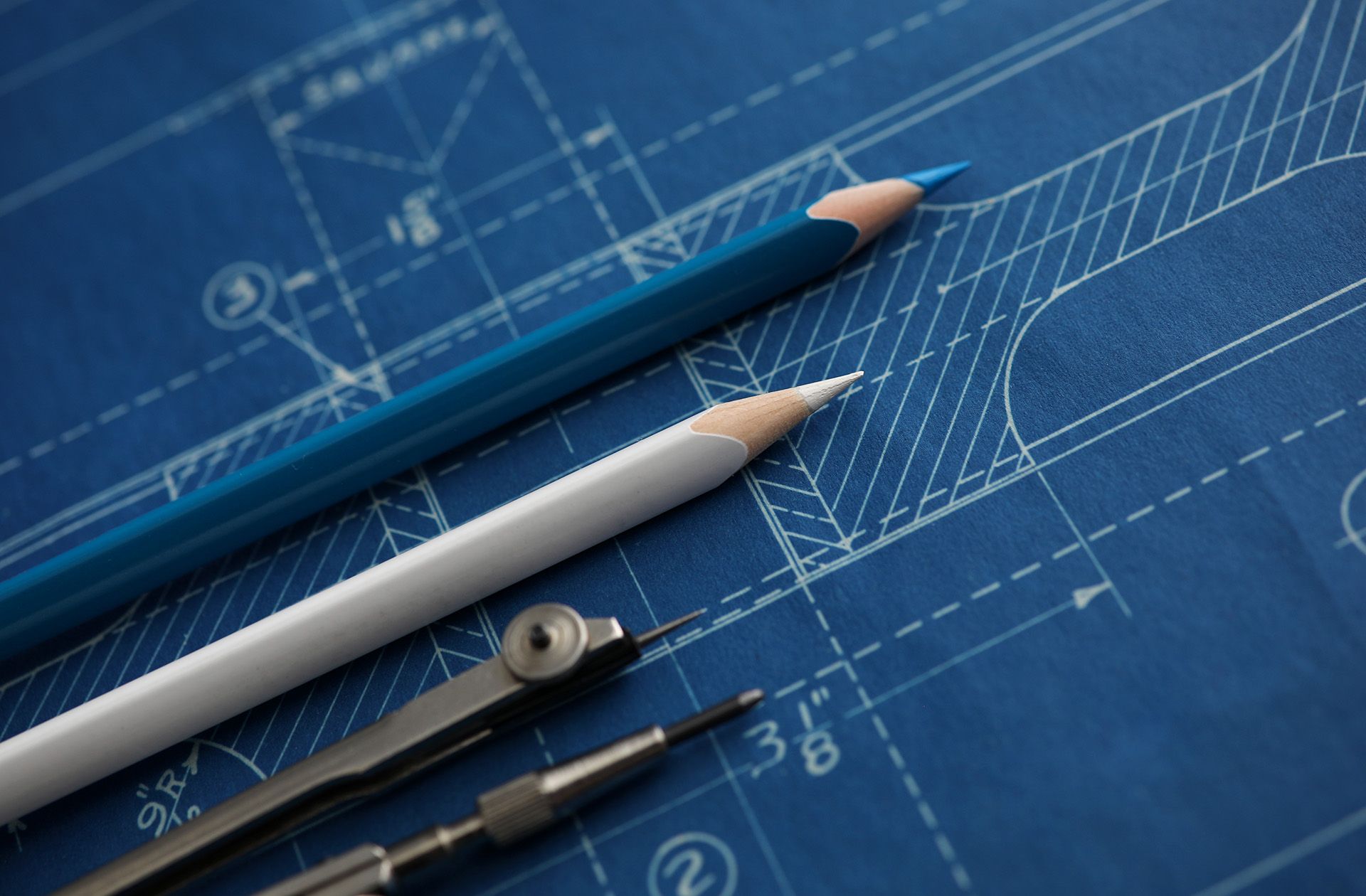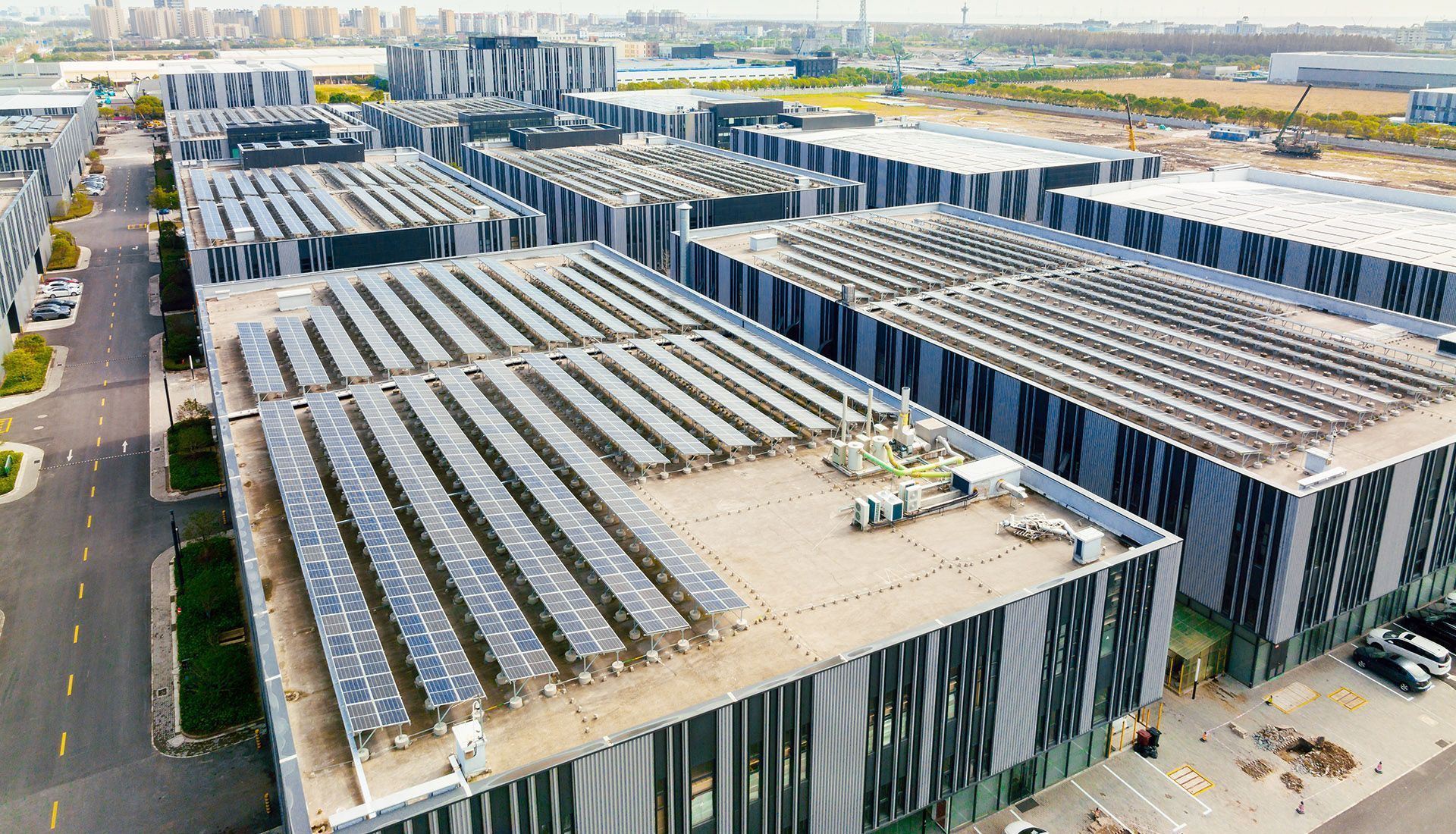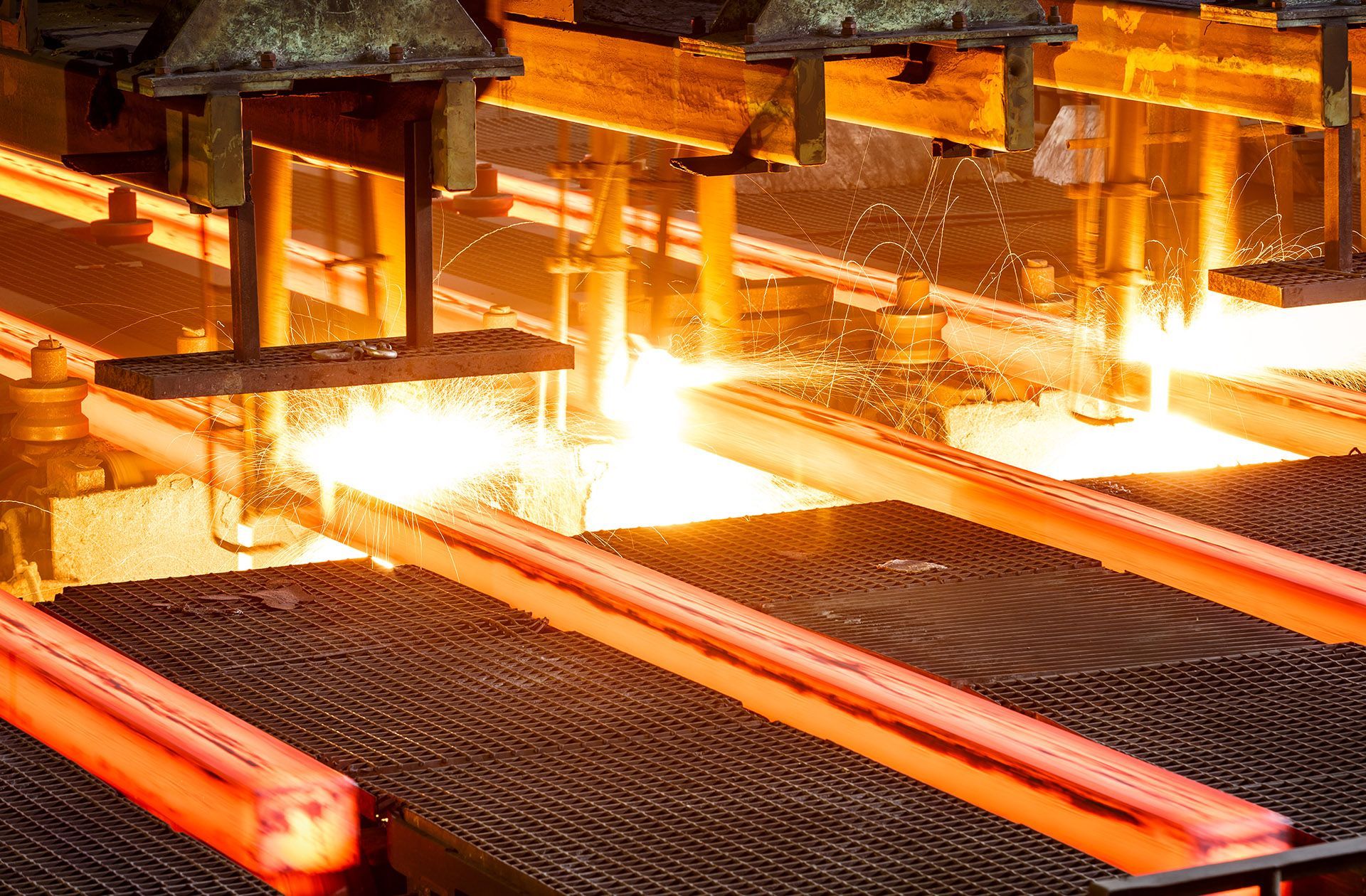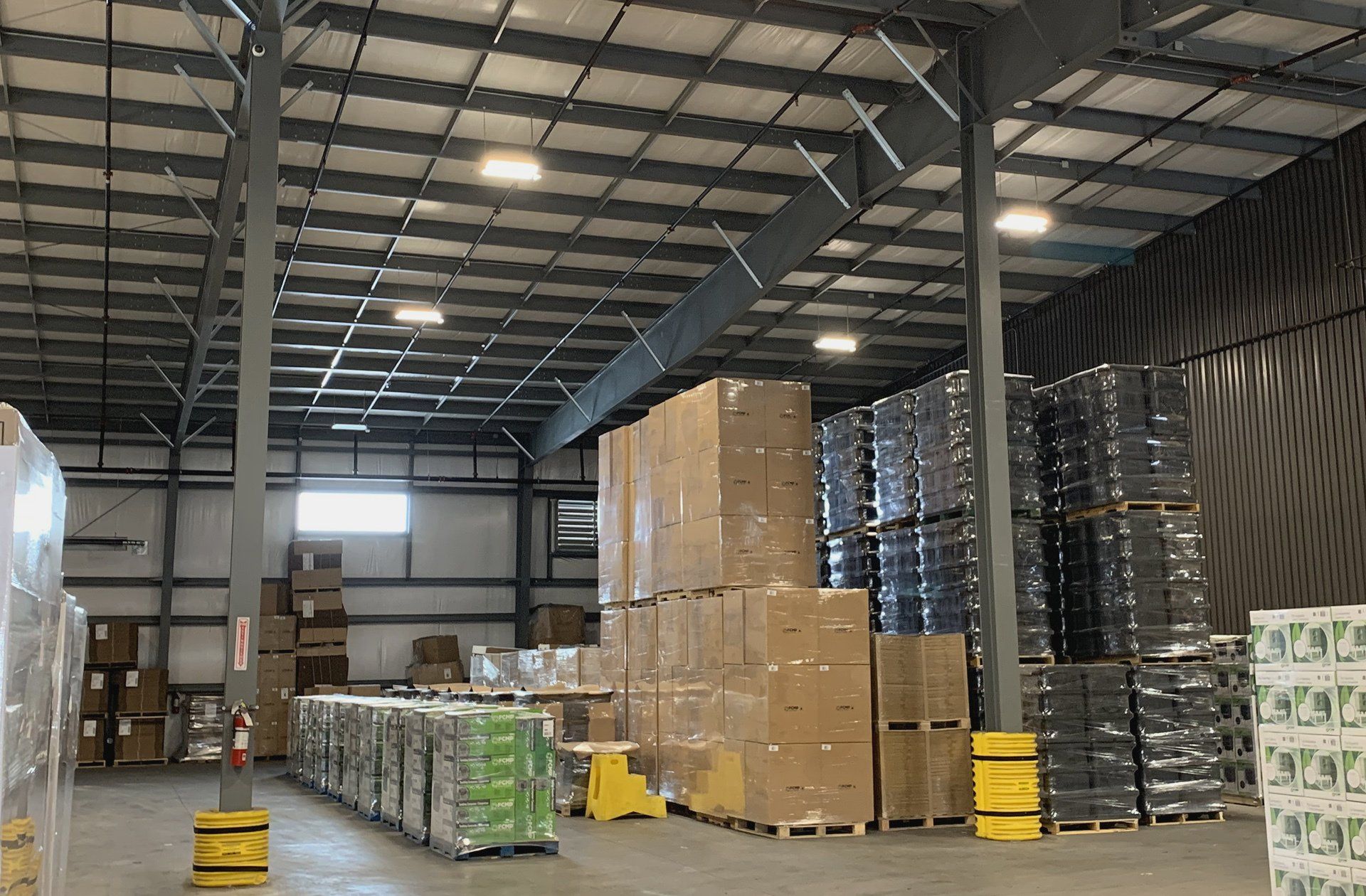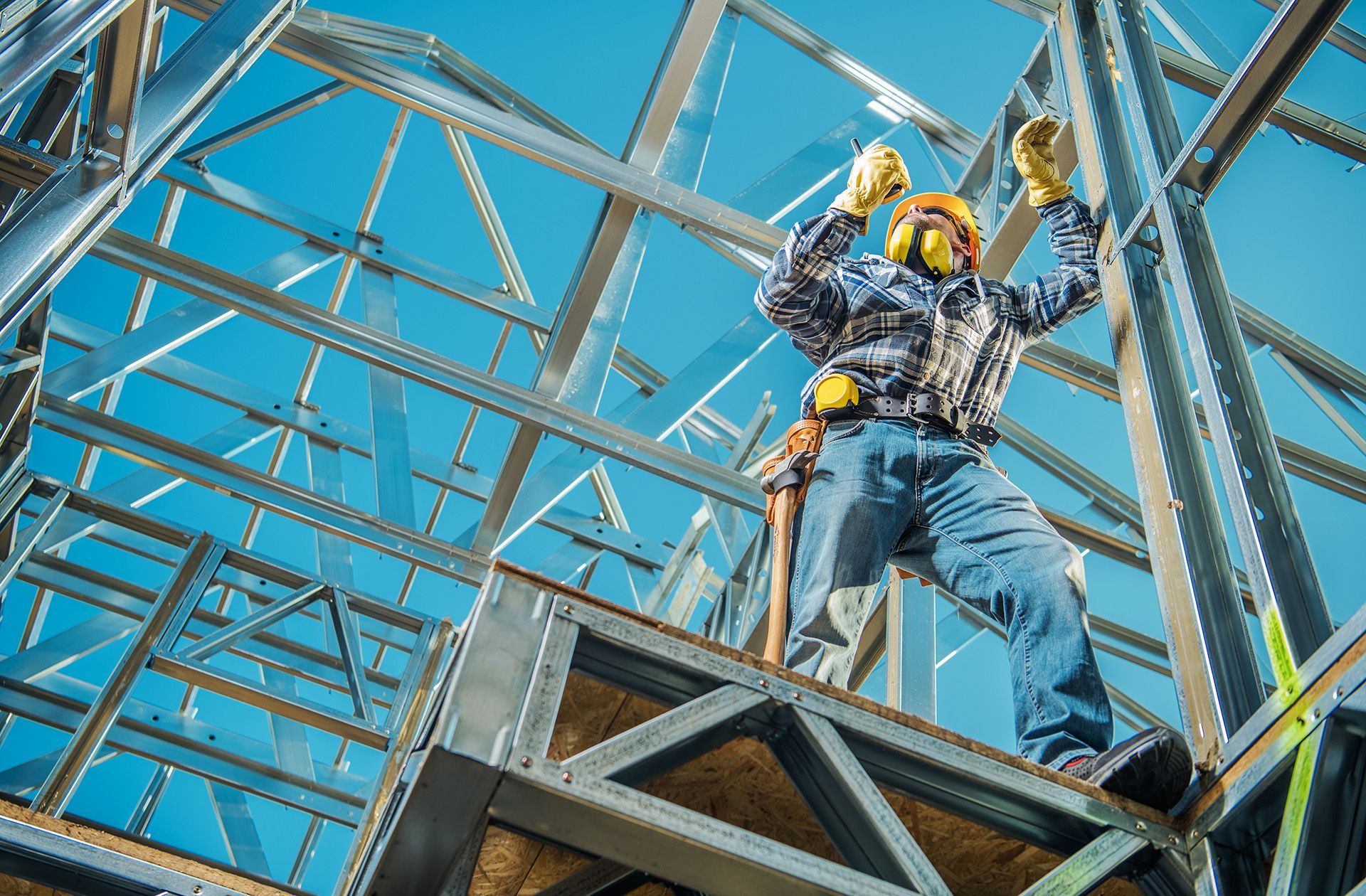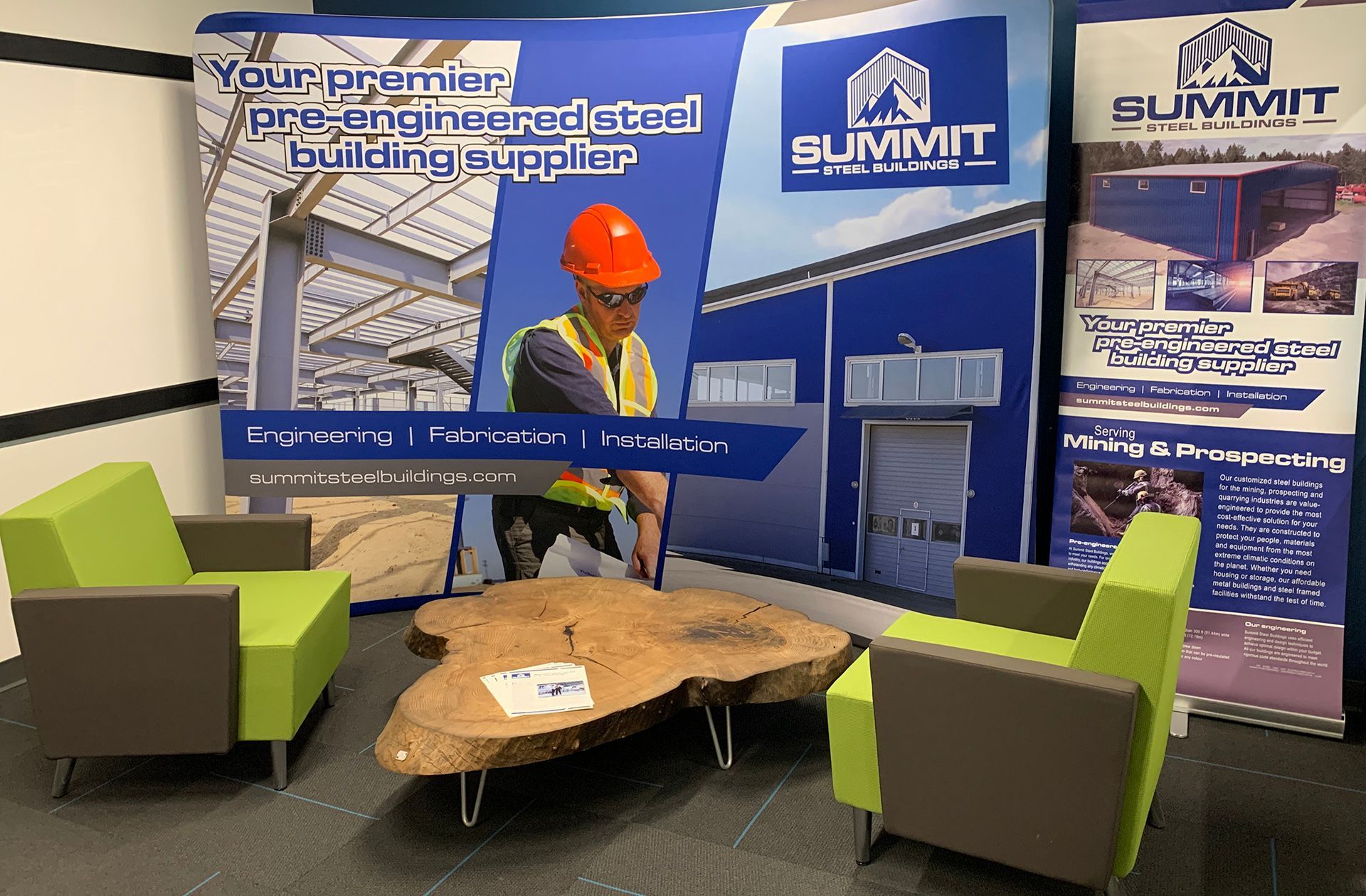Infrastructure investment opportunities in a recession
Indicators of a recession are weakening, but businesses should be prepared for economic downturns.
Over the past year, concerns about our economy slipping into a recession have weighed heavily on people’s minds. It makes sense. An economic downturn has been the topic for many investment forecasts and top-of-mind for many analysts on the news.
At Summit Steel Buildings, we work with many industrial and manufacturing companies planning years ahead in their financial and operational strategy. As part of this collaborative process, we explore the risk of economic shifts with clients to ensure their preparedness when it comes to infrastructure investment. At the same time, we incorporate similar planning into our own long-term business forecasts. Thankfully, a recent Financial Post article suggests that most business leaders are more optimistic than in previous months.
Fewer businesses are seeing the risk of a recession on the horizon, and they also expect inflation rate to slow down. “Overall, the business outlook survey indicator pointed to a negative sentiment as businesses continued to expect their sales growth over the next year to be weak, with one in five firms expecting an outright decline in sales. However, the survey for the second quarter found fewer firms expected an outright recession with one-third planning for a recession compared with half in the first quarter.”
Read the full
Financial Post article, "Fewer Canadians see recession on the horizon, says Bank of Canada survey".
Recessions need not be scary
Despite how ominous recession sounds, they are a normal – usually infrequent – part of the economic cycle. Canada has experienced only two in the last two decades: the Global Financial Crisis of 2008 following the U.S. housing marketing crash; and another in 2020 due to the COVID-19 pandemic. Both were triggered by unlikely unique events, however, that’s not always the case. Any unexpected shock to the economy can create a lack of consumer confidence that spins the economy toward recession.
A recession is simply a short period of time of economic decline where a country’s gross domestic product (GDP) drops over a couple of successive quarters. Consumer spending is usually a first signal when people worry about the future and start buying fewer goods and services (sometimes tied inflation or to rising interest rates, or in rare cases, both). In response, companies experience lower sales and cut costs, usually by eliminating jobs. The resulting higher unemployment contributes to lower spending that is otherwise so necessary to stimulate the economy and get it back on track.
Consumer markets versus industrial sectors
It's important to remember that the consumer-side effects of recessions are connected to, but considerably different than what happens on the industrial and commercial side. Budgeting and planning for companies is done toward an annual or extended period, designed with flexibility to account for temporary fluctuations in the marketplace. Companies are better equipped, in most cases, using capital reserves as shock-absorbers to handle short interruptions in supply chains or to slowing spending patterns. They wouldn’t be in business long if they weren’t prepared to weather the occasion storm.
Investments and stock market performance aside, a contracting economy leading to recession requires a kickstart to get back to normal. Economic theory suggests government spending, usually by grants and incentives into capital building projects within the industrials and materials sectors, help inject money into the economy, create jobs and encourage consumer spending. Regardless of political affiliation, economic stimulus is a primary demand-side (Keynesian) weapon with which to fight recession. Increasing demand for goods and service by injecting liquidity into the domestic market limits how long a recession can last. Increasing money supply and reducing interest rates will eventually allow consumers and businesses to borrow, invest and spend more. Rising economic activity and employment benefits from capital and infrastructure projects that government can easily encourage.
Everything is going to be fine – keep planning for the future
While recessions may initially be cause for concern, they are a natural part of the economic cycle. Understanding their drivers and effects can help reduce fear and uncertainty. By implementing appropriate economic stimulus measures and encouraging investment in key sectors, governments can play a crucial role in kickstarting the economy and leading it back to a path of growth and prosperity.
For help with your long-term infrastructure planning, contact our team at Summit Steel Buildings is excited to learn more about your business and how we can provide you with a custom building solution suited for your future needs. Call us at 877-417-8335 for a free quote and to receive your preliminary drawings.
About the author
Darren Sperling has specialized in the engineering and delivery of pre-engineered steel buildings for over 15 years and has experience in over 20 countries worldwide. He can be contacted at Summit Steel Buildings at (877) 417-8335, by email at darren.sperling@summitsteelbuildings.com or on LinkedIn.


